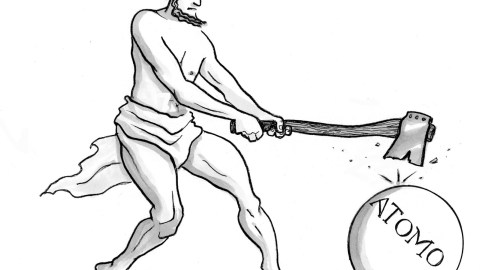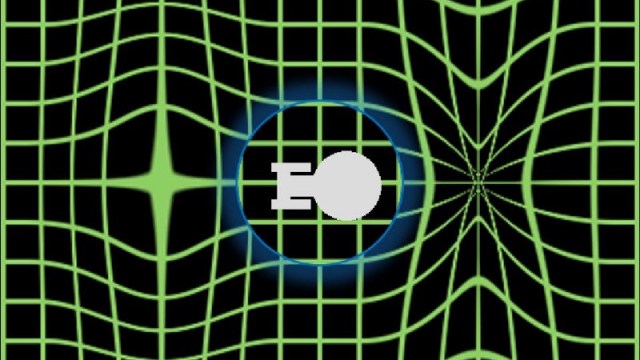Ancient Atomic Logic Shows Reality Is Relational, Not Objective.

1. Objective physics “misled” us—“reality is relational,” so says Carlo Rovelli in Reality Is Not What It Seems. We must loop back to a 2,300-year-old idea (perhaps humanity’s “greatest”) to stop cutting against the grain of the universe.
2. Democritus’s ancient logic of atoms says you can’t divide things ad infinitum—below some cutoff you can’t cut anymore. Reason shows reality is “atoms, and the void” (“atomos” means uncuttable).
3. Uncuttableness seemed to resolve recursive puzzles like Zeno’s you’ll-never-get-there paradox, and it cast the cosmos as an “endless dance” of the invisible and indivisible.
4. Ancient atomists saw writing as a “visible model” of invisible cosmos-organizing processes: Text made language visible, illuminated its workings (parts + combination rules), and provided new thinking tools.
5. Greeks had the “first true alphabet”: a “universal” writing system that used a few letters to encode the infinite variety of all possible utterances. Similarly, all matter is written in a “language… of atoms.”
6. Rovelli extends Democritus’s atoms-are-matter’s-alphabet metaphor by characterizing physics as the “grammar of the world,” describing its parts and combination rules.”
7. But other syntaxes dominate science, per Plato’s belief that mathematics is the best world-grasping language. Math brings its own grammatical forms/rules. (Plato’s predecessor Pythagoras believed “numbers were literally gods“— expressing immortal patterns.)
8. Science’s Platonic-math lust has produced powerful results, but also “pathological situations” of unclear, even absurd, meanings. For instance…
9. “Quantum field theory… is full of mathematical absurdities” (routinely computing infinite values).
10. Mysterious “meanings” still surround 100-year-old quantum mechanics equations (e.g., between interactions particles exist only as a “cloud of probability”).
11. And particle physics equations work only in “absurdly convoluted” ways (yielding nonsensical infinities).
12. Reusing Democritus’s infinite-recursion-evading trick, Rovelli works on taming these plaguing infinities. “Loop quantum gravity” atomizes the void. Space itself has indivisible grains.
13. Therefore you can’t compress things ad infinitum. Approaching the space-grain size a “quantum pressure” resists. That suggests aging black holes might explode in possibly detectable ways, and the Big Bang might = a Big Bounce.
14. Philosophy might be “footnotes to Plato,” but physics hasn’t finished footnoting Democritus. (He lived before Plato’s formative math-morphism.)
15. Lost in our lust for math-structured thinking are useful subtleties of Democritus’s atoms-as-letters vision. Beyond the grammars of geometry and algebra lies a domain of not math-like but text-like compositions and meanings (of semantics beyond mathematics).
16. Here the ancient fallacy of composition has math-specific applications: Some traits combine and aggregate in math-friendly ways, some don’t. You can’t grasp the meaning or function of text or DNA by counting letters or measuring lengths or quantity of ink. Their meaning/function/grammar is relational and sequential and word-like. The information encoded in matching sequential text-like compositions matters (DNA—>RNA, letters—>“social cartesian” lexicon).
17. Word and world both have grammars that don’t fit our available mathematical rules.
18. Reality is relational, and not entirely objective. Subject and object aren’t separable, they’re entangled, inescapably. “Objective” is always relative to some other system/observer.
—
Illustration by Julia Suits, The New Yorker cartoonist & author of The Extraordinary Catalog of Peculiar Inventions





